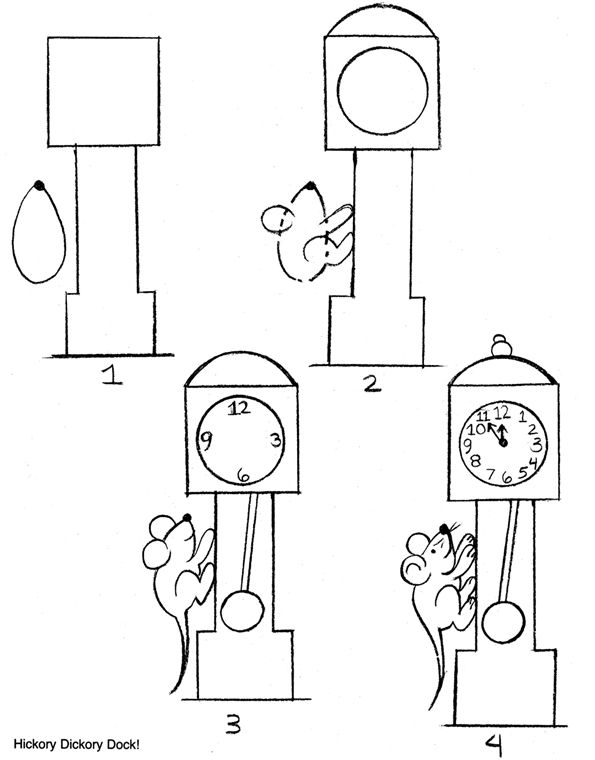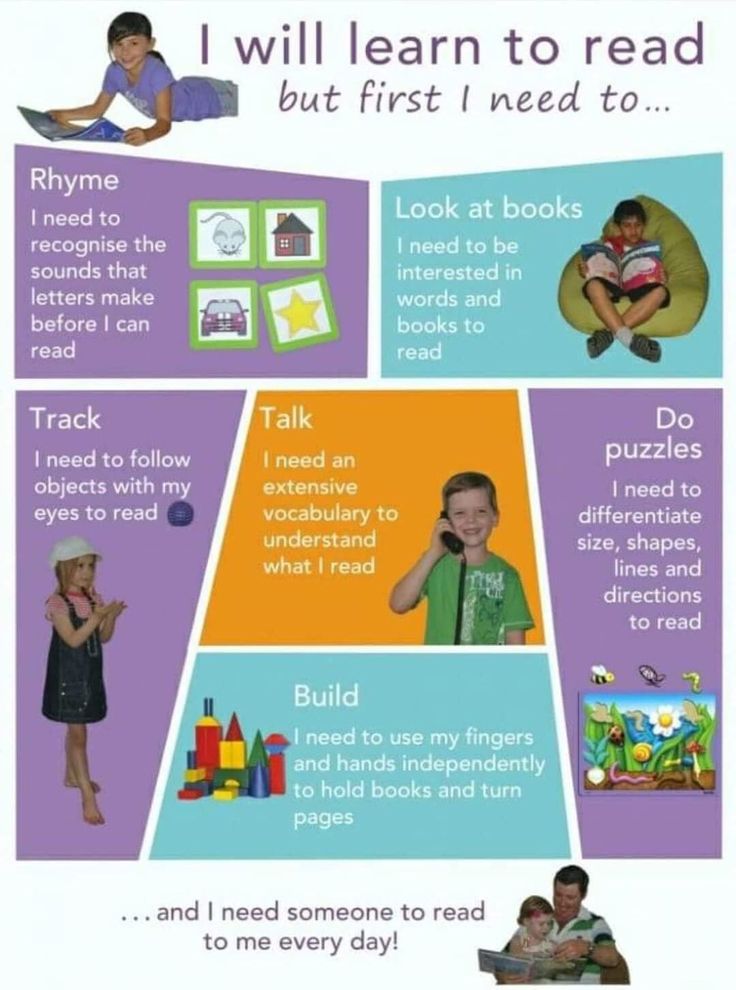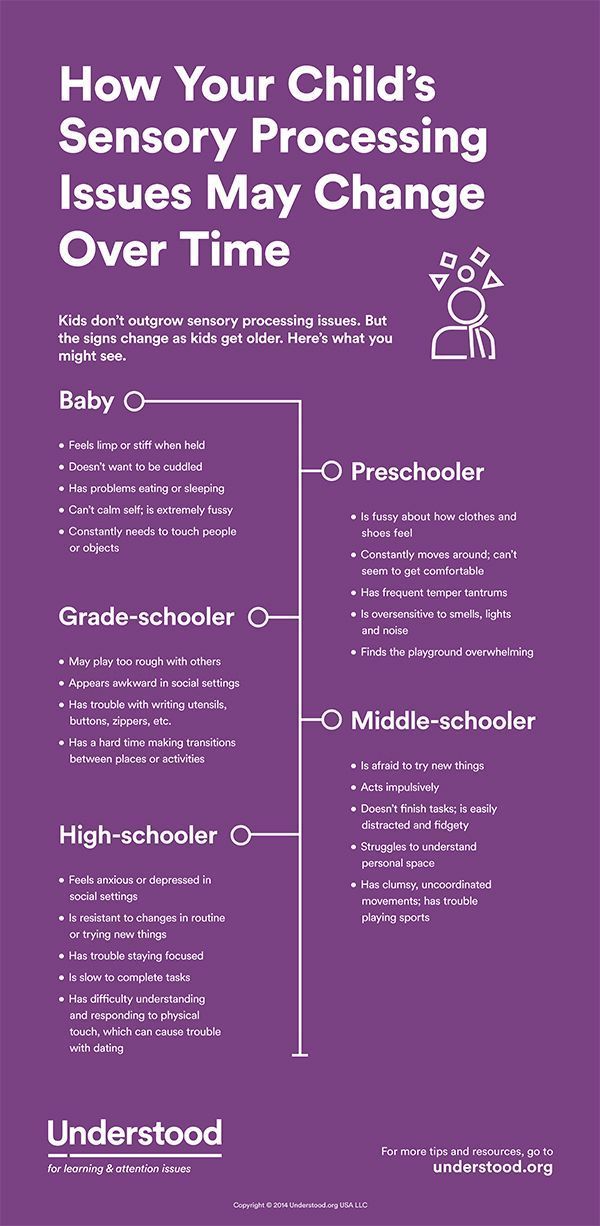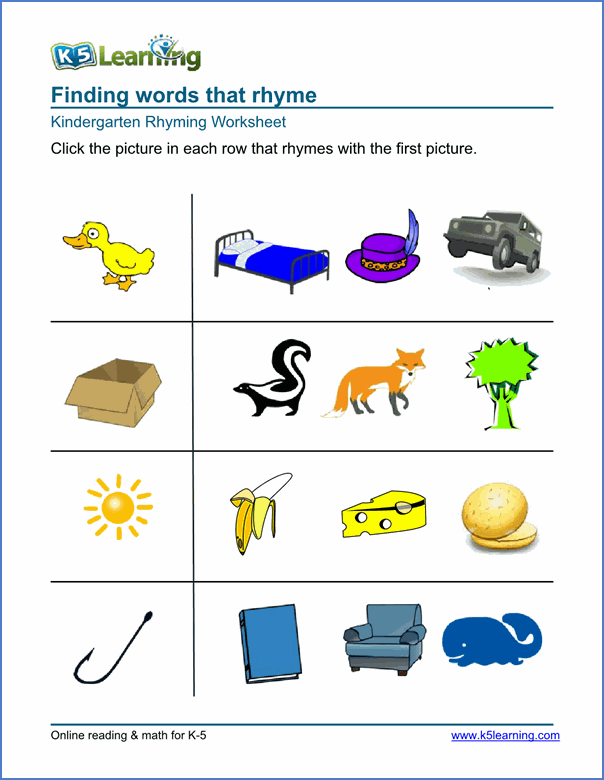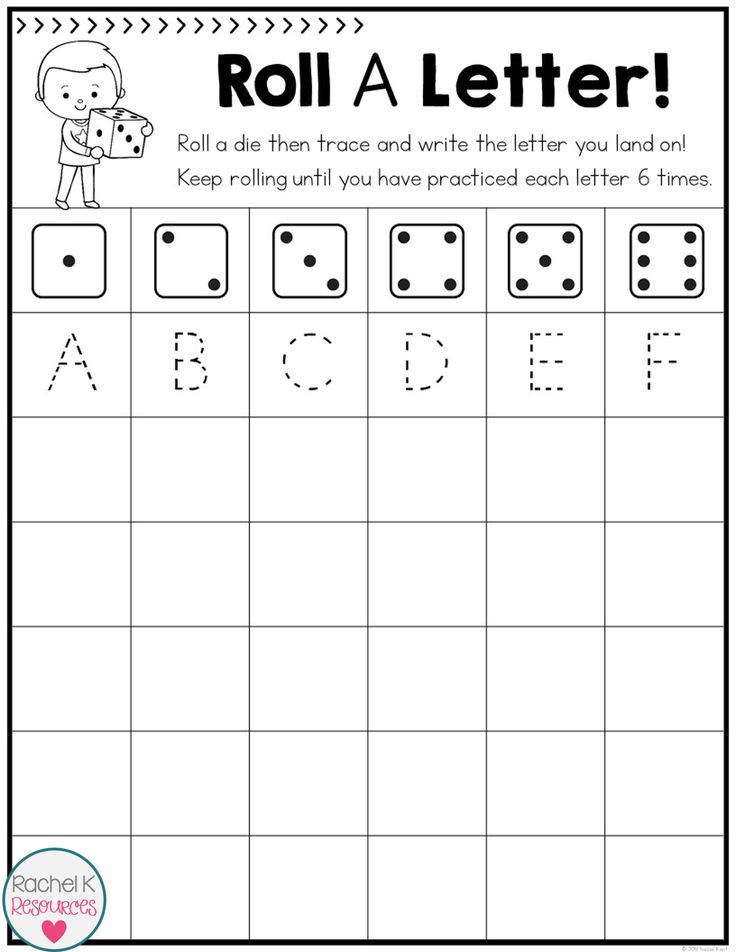Nursery rhymes hickory dickory dock
Hickory, dickory, dock Nursery Rhyme
‘Hickory, dickory, dock‘ uses a few interesting literary devices and a memorable premise to make it easy to remember and recite. The lines rhyme perfectly, something that’s quite common to nursery rhymes. Since it was first published in 1744, there have been numerous variations of ‘Hickory, dikory, dock’ recorded. It has also inspired illustrations and children’s books.
Explore Hickory, dickory, dock
- 1 Read Hickory, dickory, dock,
- 2 Summary
- 3 Structure and Form
- 4 Literary Devices
- 5 Detailed Analysis
- 6 FAQs
- 7 Similar Poems
Read Hickory, dickory, dock,
Hickory, dickory, dock,
The mouse ran up the clock;
The clock struck one,
And down he run,
Hickory, dickory, dock.
Summary
‘Hickory, dickory, dock’ is a short nursery rhyme about a mouse who runs up a clock. It uses interesting nonsense language.
The first and last lines of this poem are the same. This is an example of a refrain, one that allows the reader to start the poem over from the beginning if they want to. The lines in between describe a mouse running up the clock and down again once it strikes one. Like most nursery rhymes, there are a couple of variations. But, they all follow this same premise. There are very few details in the song, allowing readers to make up whatever story they want to go along with it.
Structure and Form
‘Hickory, dickory, dock’ is a short, five-line nursery rhyme that is contained within a single stanza of text. There are several iterations of this rhyme, but the most common is used below. In this particular version, the first, second, and fifth lines rhyme, as do the third and fourth. This is a common feature in nursery rhymes. More rhymes usually make the poem more interesting to readers, especially the young readers. Or for those who are hearing the lines read out loud. Rhymes also make these poems easier to remember and can help solidify them within the history of this kind of song/poem.
Rhymes also make these poems easier to remember and can help solidify them within the history of this kind of song/poem.
Literary Devices
Throughout ‘Hickory, dickory, dock,’ readers can find several examples of literary devices, despite their brevity. These include but are not limited to:
- Repetition: can be seen when the poet repeats the same words, phrases, images, ideas, or structures. For example, the use of “clock” more than once as well as the use of a refrain.
- Alliteration: occurs when the writer repeats the same consonant sound at the beginning of multiple words. For example, “dickory” and “dock” or “down” and “dock.”
- Refrain: occurs when the poet repeats the same phrase more than once. This occurs only when the entire phrase is repeated exactly. For example, the title of the rhyme “Hickory, dickory, dock” appears at the beginning and the end of this short rhyme. It can, in instances like this, create a circular verse, allowing the singer or reader to start over from the beginning again.
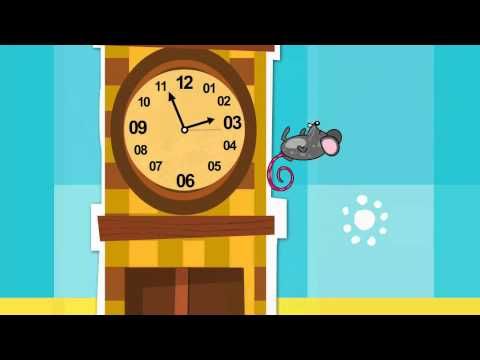
Detailed Analysis
Lines 1-2
Hickory, dickory, dock,
The mouse ran up the clock;
In the first two lines of ‘Hickory, dickory, dock,’ the speaker begins by using the line that was later used as the title. This is often the case with nursery rhymes and some of the best-known, older rhymes in existence today. The line is a great example of internal rhyme, seen through the use of the same consonant sounds.
The first line is also a good example of how nonsense language is used in poetry and children’s songs. The words “hickory and dickory” don’t make sense together, but they sound interesting and may, for some readers, mimic the sound of the mouse climbing the clock. Plus, it allows the word “clock” to connect back to the first line, again through similar consonant sounds.
The reader is immediately thrust into the action with this nursery rhyme, an example of in medias res. It’s unclear why the mouse is running up the clock or even whether the mouse is inside or outside the structure.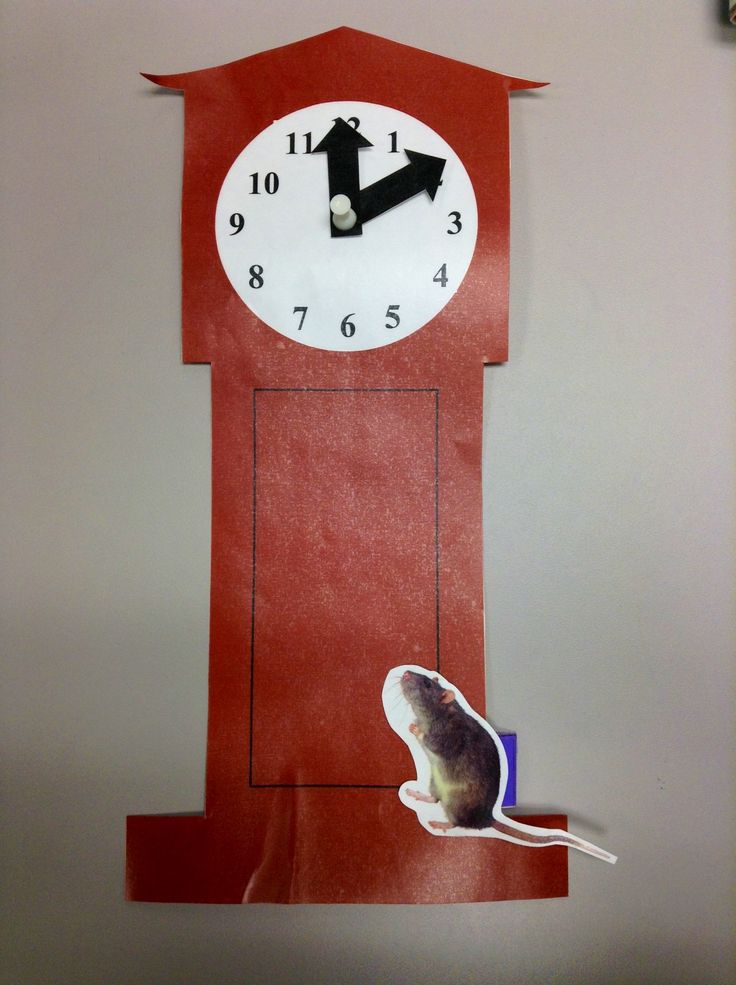 Very few details are provided, but that doesn’t hurt the impact of the song at all.
Very few details are provided, but that doesn’t hurt the impact of the song at all.
Lines 3-5
The clock struck one,
And down he run,
Hickory, dickory, dock.
In the next line, the clock strikes “one.” This means that the bell is going to toll inside the clock. This is perhaps what scares the mouse, sending him back down again. Or, an alternative interpretation is that the mouse went up the clock for the purpose of hearing the clock or even triggering it to strike at one o’clock.
Either way, once the clock strikes, the mouse runs back down again. It’s after this that the refrain is repeated. A reader might add on another repetition of the same lines. It’s also not unusual to find repeated lines within nursery rhymes. It’s something that makes them easy to remember and even easier to read for children.
FAQs
What is the tone of ‘Hickory, dickory, dock?’
The tone is upbeat. The speaker is describing simple events and creating a curious and excited mood for the reader. Since the rhyme is so short, there are few details to create a complex tone, mood, or atmosphere.
The speaker is describing simple events and creating a curious and excited mood for the reader. Since the rhyme is so short, there are few details to create a complex tone, mood, or atmosphere.
What is the purpose of ‘Hickory, dickory, dock?’
Today, the main purpose of this rhyme is to entertain. It should keep a child’s attention and perhaps inspire them to sing along. Its original purpose may be entirely lost to time.
How is nonsense language used in ‘Hickory, dickory, dock?’
The phrase “Hickory, dickory, dock” is itself an example of nonsense language. It doesn’t mean anything. The words are made up and only used because they sound interesting together.
What is the real meaning of ‘Hickory, dickory, dock?’
Usually, the rhyme is cited as a “counting out” song. This refers to a way of counting people until one is selected. For example, “eeny, meeny, miny, moe.” For others, it dates back to certain slang words in the English countryside or even refers explicitly to a clock in Exeter Cathedral.
For example, “eeny, meeny, miny, moe.” For others, it dates back to certain slang words in the English countryside or even refers explicitly to a clock in Exeter Cathedral.
How old is ‘Hickory, dickory, dock?’
The rhyme dates back to the 18th century. It was first recorded, along with many other well-known rhymes in Tommy Thumb, in his Pretty Song Book collection in 1744. There are a few other versions of the song, including one published in 1765 under the name ‘Dickery Dock.
Similar Poems
Readers who enjoyed ‘Hickory, dickory, dock’ should also consider reading some related nursery rhymes. For example.
- ‘There was a crooked man’ – is a short, upbeat poem that uses repetition to speak on a series of “crooked” sights.
- ‘There was an old lady who swallowed a fly’ – is a funny children’s rhyme. It describes an old lady who swallows everything from a fly to a cat to a horse.

- ‘Solomon Grundy’ – is an entertaining nursery rhyme that was used to teach children the days of the week.
- ‘Sing a song of sixpence’ – describes a pie baked with 24 blackbirds and set “before the king.”
- ‘Row, row, row your boat’ – a well-loved nursery rhyme that uses a great deal of repetition to describe rowing a boat.
Hickory Dickory Dock - Nursery Rhyme Song with Lyrics in French and in English
3.7/5 - (4 votes)
Hickory Dickory DockLanguages: English, French
Ressource Type: song, nursery rhyme
Themes: telling the time, animals, numbers
Age-range: infant-preschool, 4 – 7 years
“Hickory Dickory Dock” or “Hickety Dickety Dock” is a traditional English nursery rhyme. It was first recorded as “Hickere, Dickere Dock” in “Tommy Thumb’s Pretty Song Book” and published in London in 1744. Later, another version was published in “Mother Goose’s Melody” in 1765 titled “Dickery, Dickery Dock”. At its origin, the nursery rhyme was probably a counting-down song (Hevera (8), Devera (9) and Dick (10)).
Later, another version was published in “Mother Goose’s Melody” in 1765 titled “Dickery, Dickery Dock”. At its origin, the nursery rhyme was probably a counting-down song (Hevera (8), Devera (9) and Dick (10)).
“Hickory Dickory Dock” is a song about a curious mouse who runs up a clock and gets frightened by the sound made every hour! The lyrics, that imitate the clock sounds, introduce children to the fundamentals of telling the time in English.
Culture and Vocabulary:
- mouse, clock, to run up, to run down, to struck
- the “o”/”u” in “clock”, “dock”, “mouse” and “down”
English version:
Hickory, dickory, dock.
The mouse ran up the clock.
The clock struck one,
The mouse ran down,
Hickory, dickory, dock.
French Translation:
Hickory, dickory, dock.
La souris a grimpé sur l’horloge.
L’horloge a sonné une heure,
La souris a dégringolé,
Hickory, dickory, dock.
Video of the song “Hickory Dickory Dock”:
Another version of “Hickory Dickory Dock” to teach numbers:
English version:
Hickory, dickory, dock.
The mouse ran up the clock.
The clock struck one,
The mouse ran down,
Hickory, dickory, dock.
Hickory, dickory, dock.
The mouse ran up the clock.
The clock struck two,
The mouse ran down,
Hickory, dickory, dock.
Hickory, dickory, dock.
The mouse ran up the clock.
The clock struck three,
The mouse ran down,
Hickory, dickory, dock.
Hickory, dickory, dock.
The mouse ran up the clock.
The clock struck four,
The mouse ran down,
Hickory, dickory, dock.
French Translation:
Hickory, dickory, dock.
La souris a grimpé sur l’horloge.
L’horloge a sonné une heure,
La souris a dégringolé,
Hickory, dickory, dock.
Hickory, dickory, dock.
La souris a grimpé sur l’horloge.
L’horloge a sonné deux heures,
La souris a dégringolé,
Hickory, dickory, dock.
Hickory, dickory, dock.
La souris a grimpé sur l’horloge.
L’horloge a sonné trois heures,
La souris a dégringolé,
Hickory, dickory, dock.
Hickory, dickory, dock.
La souris a grimpé sur l’horloge.
L’horloge a sonné quatre heures,
La souris a dégringolé,
Hickory, dickory, dock…
Video of the song “Hickory Dickory Dock”:
Version of “Hickory Dickory Dock” to teach animals:
English Version:
Hickory dickory dock. The mouse went up the clock.
The clock struck one. The mouse went down.
Hickory dickory dock.
Tick tock, tick tock, tick tock, tick tock.
A snake!
Hickory dickory dock. The snake went up the clock.
The clock struck two. The snake went down.
Hickory dickory dock.
Tick tock, tick tock, tick tock, tick tock.
A squirrel!
Hickory dickory dock. The squirrel went up the clock.
The clock struck three. The squirrel went down.
Hickory dickory dock.
Tick tock, tick tock, tick tock, tick tock.
A cat!
Hickory dickory dock. The cat went up the clock.
The clock struck four. The cat went down.
Hickory dickory dock.
Tick tock, tick tock, tick tock, tick tock.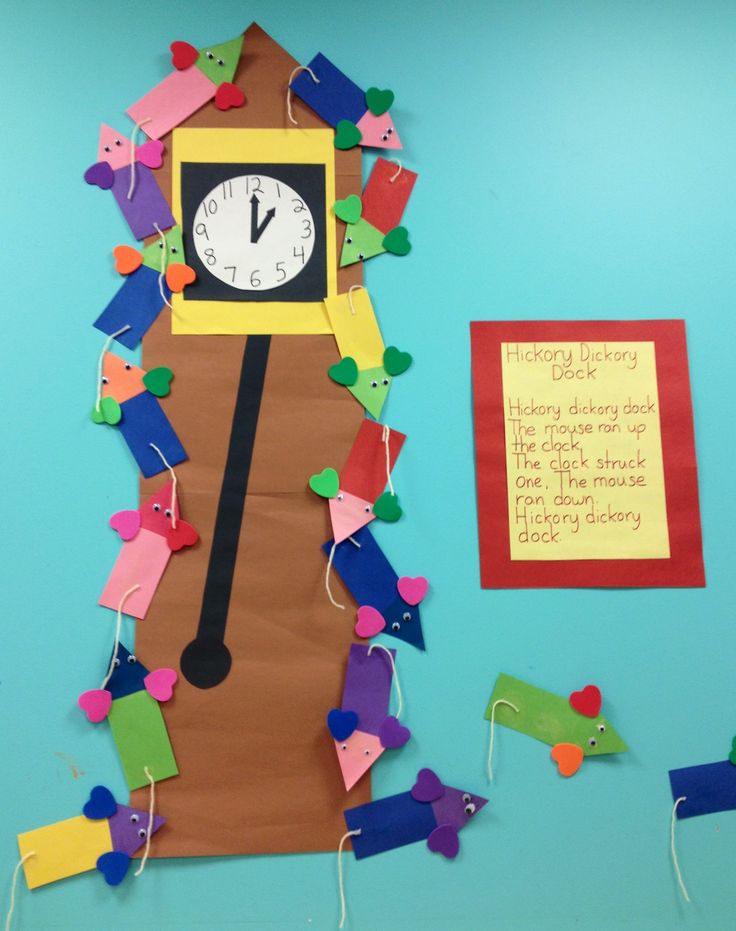
A monkey!
Hickory dickory dock. The monkey went up the clock.
The clock struck five. The monkey went down.
Hickory dickory dock.
Tick tock, tick tock, tick tock, tick tock.
An elephant…oh no!
Hickory dickory dock. The elephant went up the clock.
Oh no!
Hickory dickory dock.
French Translation:
Hickory, dickory dock. La souris a grimpé sur l’horloge.
L’horloge a sonné une heure. La souris a dégringolé.
Hickory dickory dock.
Tic Toc, Tic Toc, Tic Toc, Tic Toc.
Un serpent !
Hickory, dickory dock. Le serpent a grimpé sur l’horloge.
L’horloge a sonné une heure. Le serpent a dégringolé.
Hickory dickory dock.
Tic Toc, Tic Toc, Tic Toc, Tic Toc.
Un écureuil !
Hickory, dickory dock. L’écureuil a grimpé sur l’horloge.
L’horloge a sonné une heure. L’écureuil a dégringolé.
Hickory dickory dock.
Tic Toc, Tic Toc, Tic Toc, Tic Toc.
Un chat !
Hickory, dickory dock.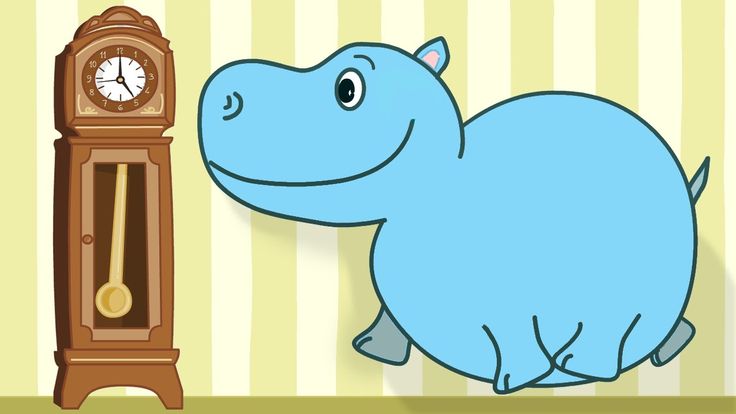 Le chat a grimpé sur l’horloge.
Le chat a grimpé sur l’horloge.
L’horloge a sonné une heure. Le chat a dégringolé.
Hickory dickory dock.
Tic Toc, Tic Toc, Tic Toc, Tic Toc.
Un singe !
Hickory, dickory dock. Le singe a grimpé sur l’horloge.
L’horloge a sonné une heure. Le singe a dégringolé.
Hickory dickory dock.
Tic Toc, Tic Toc, Tic Toc, Tic Toc.
Un éléphant… oh non !
Hickory, dickory dock. L’éléphant a grimpé sur l’horloge.
Oh non !
Hickory dickory dock.
Videos of the song “Hickory Dickory Dock”:
| Nursery Rhymes | Poems |
| Do You Know the Muffin Man? | Do you know the Baker ? |
| Oh, do you know the muffin man, | Oh, you know the Baker, |
| The muffin man, the muffin man? | Baker, baker? |
| Oh, do you know the muffin man, | Oh, you know the Baker, |
| That lives on Drury Lane? | Who lives on Drury Lane? |
| Oh, yes, I know the muffin man, | Oh yes, I know the Baker, |
| The muffin man, the muffin man, | Baker, baker, |
| Oh, yes, I know the muffin man, | Oh yes, I know the Baker |
| That lives on Drury Lane. | He lives in Drury Lane. |
| Hickory, Dickory, Dock! | Hickory, dickory, doc! |
| Hickory, dickory, dock! | Hickory, Dickory, Doc! |
| (tick tock) | (tic-tock) |
| The mouse ran up the clock; | The mouse ran up the clock; |
| (tick tock) | (tic-tock) |
| The clock struck one, | The clock struck 1 o'clock, |
| The mouse ran down, | The mouse ran down, |
| Hickory, dickory, dock! | Hickory, Dickory, Doc! |
| (tick tock). | (tic-tac). |
| Pat - a - Cake | Piece of cake |
| Pat-a-cake, pat-a-cake, | patties, patties, |
| Baker's man, | Baker-Friend |
| Bake me a cake | Bake me a pie |
| As fast as you can; | As soon as possible; |
| Prick it and pat it, | Prick him and stroke him, |
| And mark it with B, | And decorate it with a B, |
| And put in the oven | And put it in the oven |
| For Baby and me. | For me and the baby. |
| For Baby and Me, For Baby and Me, | For the child and me, for the child and me, |
| And there will be plenty for Baby and me. | And it will be enough for the child and me. |
| One, Two, Buckle My Shoe | One, Two , Zip My Boot . |
| One, two - buckle my shoe; | One, two - fasten my shoe; |
| Three, four - shut the door; | Three, four - close the door; |
| Five, six - pick up sticks; | Five, six - collect sticks; |
| Seven, eight - lay them straight; | Seven, eight - spread them evenly; |
| Nine, ten - do it again; do it again; do it again; | Nine, ten - do it again, do it again, do it again. |
| One, two - buckle my shoe; | One, two - fasten my shoe; |
| Let's do it all again. | Let's do it all over again. |
| Three, four - shut the door; | Three, four - close the door; |
| Five, six - pick up sticks; | Five, six - collect sticks; |
| Seven, eight - lay them straight; | Seven, eight - spread them evenly; |
| Nine, ten - a big fat hen. | Nine, ten - big fat chicken. |
| Eleven, twelve—dig and delve | Eleven, twelve - Digs and digs |
| Thirteen, fourteen - maids are counting | Thirteen, Fourteen - Girls counting |
| Fifteen, sixteen - maids are in the kitchen | Fifteen, Sixteen - Girls in the kitchen |
| Seventeen, eighteen - maids are waiting | Seventeen, Eighteen - Girls are waiting |
| Nineteen, twenty - I've had plenty! | Nineteen, Twenty - I'm ready! |
| One, two. | One, two. How are you? |
| Three, four. Who's at the door? | Three, four. Who is there at the door? |
| Five, six. My name is Fix. | Five, six. My name is Mr Fix. |
| Seven, eght. Sorry, I'm late. | Seven, eight. Sorry I'm late. |
| Nine, ten. Say it again. | Nine, ten. Do it all over again. |
| Our Wonderful World | Our Wonderful World |
| The world is a surprise | Wonderful world, |
| And is fun to explore | And so much fun to explore it. |
| We look all around us | We look around |
| And learn more and more. | And learn more and more. |
| The world is a wonder, | The world is a miracle. |
| Nature's one big surprise. | One big surprise of nature. |
| The stars in the heavens, | Stars in Heaven, |
| Sunset and sunrise. | Sunset and sunrise. |
| All things are changing. | Everything changes. |
| They're coming and going. | They come and go: |
| Ending, | End, |
| Beginning. | Beginning. |
| Life's evolving. | Life develops. |
| Humpty Dumpty | Humpty Dumpty |
| Humpty Dumpty sat on a wall, | Humpty Dumpty sat on the wall |
| Humpty Dumpty had a great fall. | Humpty Dumpty collapsed in his sleep. |
| All the king's horses and all the king's men | All royal cavalry, All royal men |
Couldn't put Humpty Dumpty together again.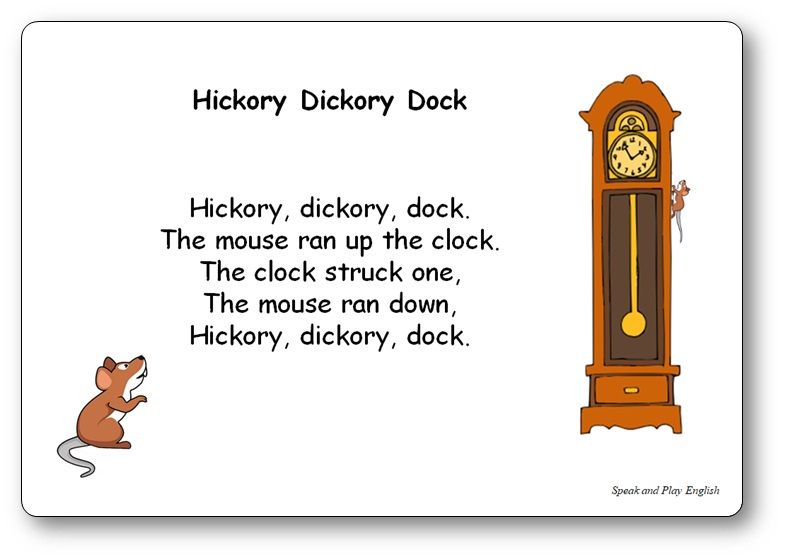 | Can't collect Humpty Dumpty! |
| Rain | Rain |
| Rain-rain go away, | Rain-rain, go away, |
| Come again another day; | Come another day; |
| Little Johnny wants to play. | Johnny wants to play. |
| Rain, rain, go to Spain, | Rain, rain, go to Spain, |
| Do not show your face again | Don't show up again. |
| Bee | Bee |
| Bee, a bee, a bumblebee | bee, bee, queen |
| Stung a man upon his knee | I was bitten on the knee, |
| And a hog upon his snout, | A pig on the cheek - wow! |
| I'll be dogged if you ain't out! | I'm not me if you don't come out! |
| Rhymes | Counts |
| Eeny, meeny, miney, moe | Ini, mini, mine, mogu, |
| Catch a tiger by his toe, | I caught a tiger by its leg, |
| If he squeals, let him go, | As soon as he growls, I will let him go, |
| Eeny, meeny, miney, moe. | Ini, mini, maini, mu. |
| Under the ocean, green and deep | In the calm green ocean |
| Lie the fishes fast asleep, | All the fish went to bed. |
| Under the arm and over the shoe, | Below shoulder, above foot, |
| Top on the head, and out goes YOU | Over your head, YOU are coming out! |
Hickory Dickory Dock | is... What is Hickory Dickory Dock?
Hickory Dickory Dock (Eng. Hickory Dickory Dock ) is a detective novel by Agatha Christie written in 1955 and first published in the same year by Collins Crime Club .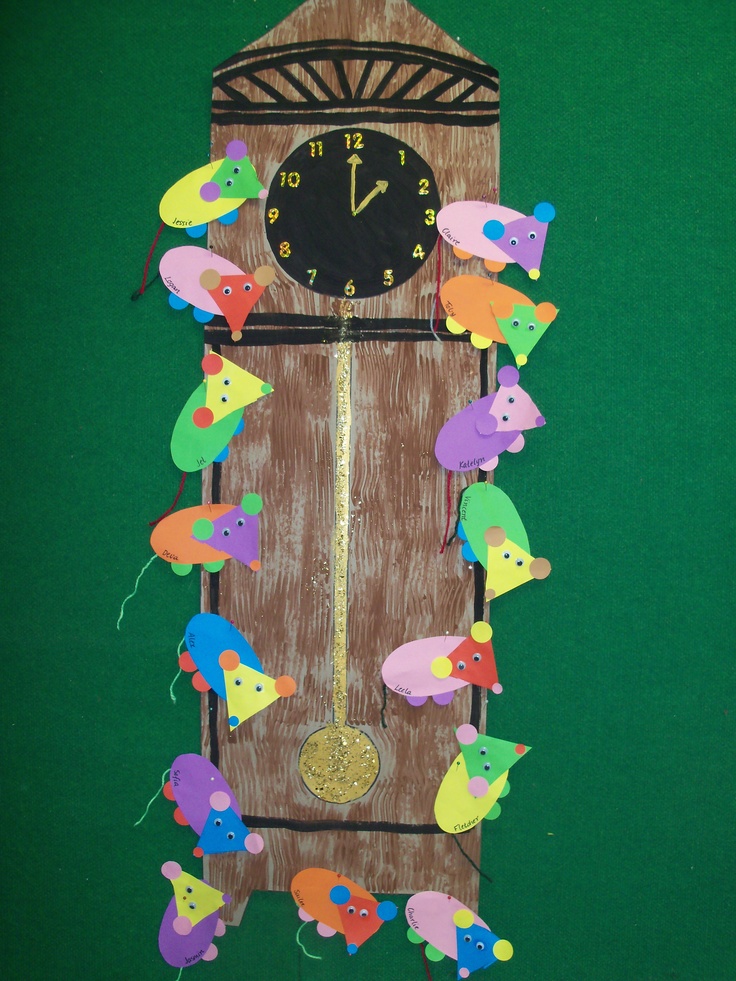 A novel from the Hercule Poirot series. In Russia, the book was also published under the title "Hickory-Dicory" and "The Secret of the Boarding House."
A novel from the Hercule Poirot series. In Russia, the book was also published under the title "Hickory-Dicory" and "The Secret of the Boarding House."
|
Contents
|
Title
The title of this novel, like several others [1] , is taken from a children's rhyme. However, unlike the novel Ten Little Indians, the plot has nothing to do with the rhyme itself, except for the fact that the novel takes place on Hickory Road.
Hickory, dickory, dock,
The mouse ran up the clock.
The clock struck one,
The mouse ran down,
Hickory, dickory, dock
Plot
|
Student residence on Hickory Road.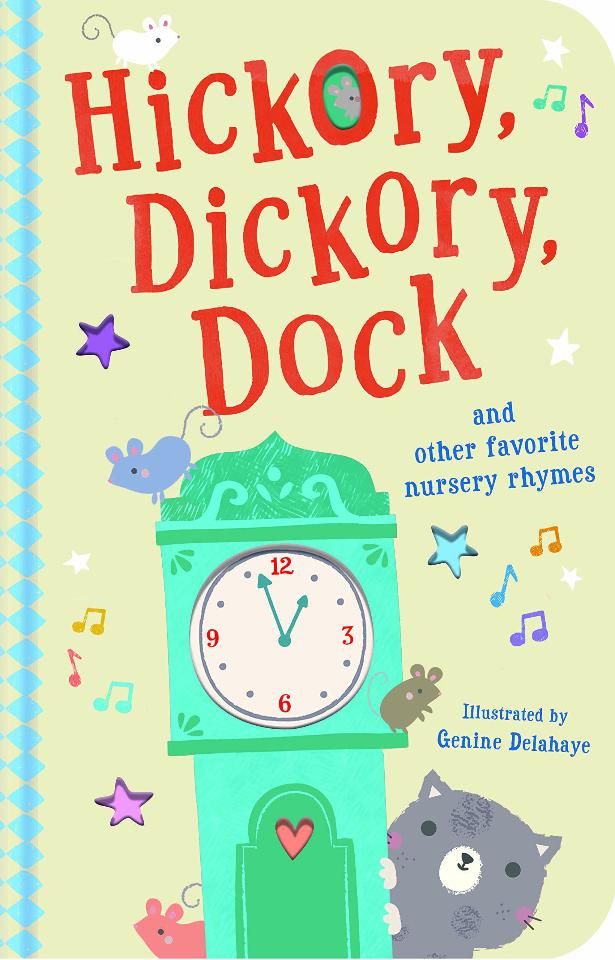 Residents start losing things. Poirot is approached by Miss Lemon and her sister, Mrs. Hubbard, who are concerned about what is happening. The list of stolen items looks very strange. And although Poirot usually does not take on investigations of petty thefts, he became interested in this case. Starting the investigation, Poirot at first uses not the most subtle methods. By threatening to call the police, he extracts a confession from one of the tenants, Celia Austin, who confesses to several small thefts she committed to get the attention of Colin McNabb, a psychiatric student who perceives Celia as an interesting case to study. Colin and Celia get engaged, but Celia is found dead the next day. She dies from an overdose of morphine. Poirot immediately realizes that this is a murder that they tried to disguise as a suicide.
Residents start losing things. Poirot is approached by Miss Lemon and her sister, Mrs. Hubbard, who are concerned about what is happening. The list of stolen items looks very strange. And although Poirot usually does not take on investigations of petty thefts, he became interested in this case. Starting the investigation, Poirot at first uses not the most subtle methods. By threatening to call the police, he extracts a confession from one of the tenants, Celia Austin, who confesses to several small thefts she committed to get the attention of Colin McNabb, a psychiatric student who perceives Celia as an interesting case to study. Colin and Celia get engaged, but Celia is found dead the next day. She dies from an overdose of morphine. Poirot immediately realizes that this is a murder that they tried to disguise as a suicide.
Poirot uncovers a few more petty thefts fairly quickly. Poirot turns his attention to the diamond ring. After the ring was found in Miss Valerie Hobhouse's soup, the diamond was replaced with zircon. Poirot accuses Valerie of stealing the diamond. Valerie confesses that she was forced to steal the stone to pay off her gambling debt. She also confesses that she advised Celia to commit petty theft.
Soon, an unknown person kills the hostess of the boarding house, Mrs. Nicoletis. Poirot turns his attention to the backpack. He manages to establish that the backpack was used to transport drugs and smuggling jewelry. It remains for Poirot to establish who was smuggling and who killed Celia and Mrs. Nicoletis.
Characters
- Hercule Poirot - Belgian detective
- Miss Lemon - Poirot's secretary
- Mrs. Hubbard - Miss Lemon's sister, housekeeper of boarding house
- Mrs. Nikoletis - hostess of boarding house
- Inspector Sharp - Investigator
- Celia Austin - Pharmacy Pharmacist at St. Catherine's Hospital
- Colin McNabb - psychiatric student
- Nigel Chapman - history student, resident of the Boarding House on Hickory Road
- Valerie Hobhouse - Resident of the Boarding House on Hickory Road, hairdresser
- Sally Finch - student, resident of the Boarding House on Hickory Road
- Elizabeth Johnson - student, resident of the Boarding House on Hickory Road
- Mr.



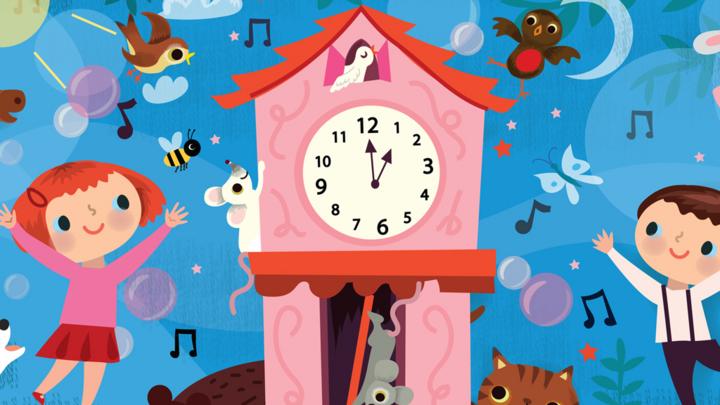
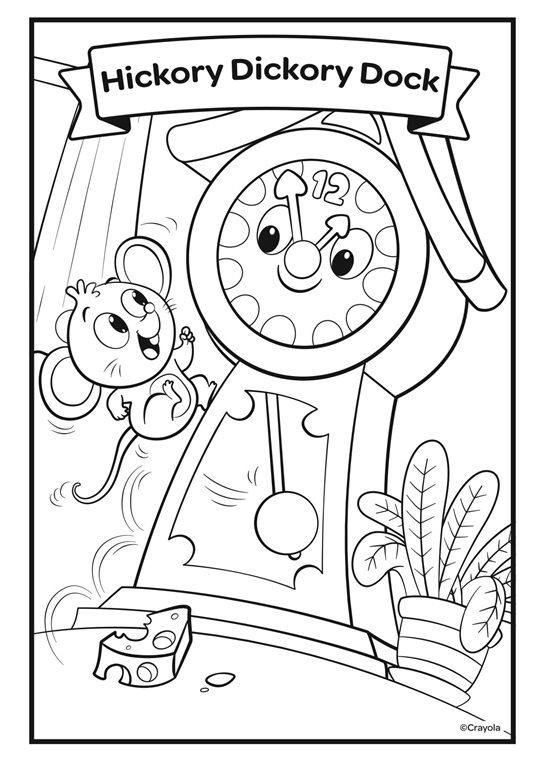
 ;
;  How are you?
How are you? 

